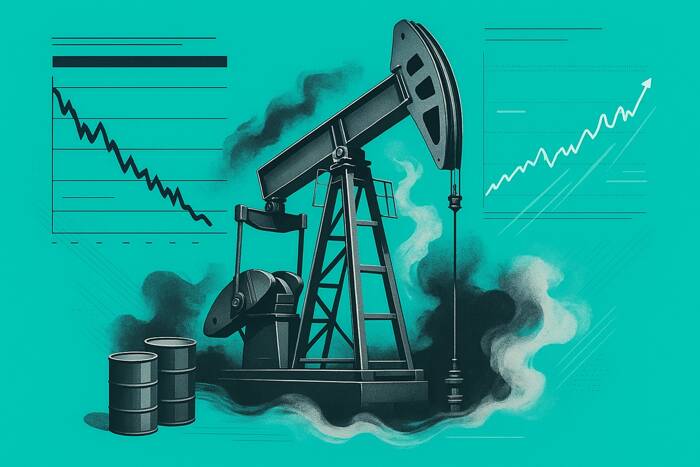OPEC Supply Moves Take Back Seat to Seasonal Demand Drop
After a midweek rally driven by bullish inventory data, oil prices are slipping again as traders anticipate softer U.S. fuel demand following the Labor Day holiday. The end of the summer driving season typically signals a demand slowdown, with gasoline consumption already underwhelming expectations.
“Any short-term reasons to be friendly towards oil prices are diminishing,” said PVM’s John Evans, pointing to the seasonal demand drop and the resumption of Russian flows through the Druzhba pipeline.
The pipeline, which supplies Russian crude to Hungary and Slovakia, restarted following a brief outage caused by a Ukrainian drone strike inside Russian territory. The restoration of these supplies has added pressure to prices, offsetting some of the optimism from Wednesday’s 2.4 million barrel U.S. crude stock draw, which had exceeded expectations of a 1.9 million barrel decline.
Geopolitical Tensions Build but Market Impact Muted
While geopolitical risk remains elevated, its influence on crude prices has so far been limited. Russia and Ukraine continue to escalate strikes on energy infrastructure, with a recent Russian drone attack impacting gas transport networks across six Ukrainian regions. Still, these events have not yet triggered a material supply disruption.
Meanwhile, traders are monitoring India’s response to increased U.S. tariffs. Despite Washington’s pressure to curb Russian crude imports, India is expected to maintain purchases, potentially buffering global supply concerns.
Oil Prices Forecast: Bearish Near-Term Bias Below Key Resistance
With fading summer demand, restored Russian supply, and resistance levels holding firm, the near-term oil prices forecast skews bearish. Unless bulls can push through the $66.18 trigger point, traders should expect continued selling pressure, particularly if the 200-day moving average at $63.24 is breached.

